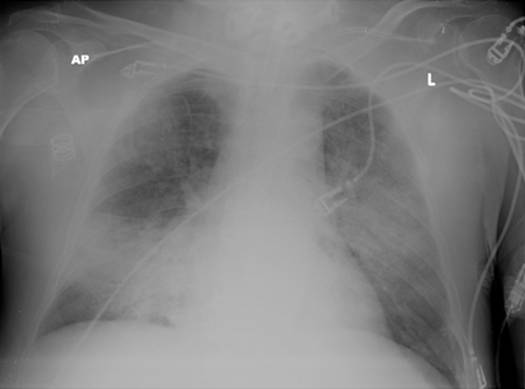Triple antibiotic therapy with ceftolozane/tazobactam, colistin and rifampin for pan-resistant Pseudomonas aeruginosa ventilator-associated pneumonia
Abstract
Emergence of multi-drug resistant microorganisms such as pan-resistant Pseudomonas aeruginosa has recently created a therapeutic challenge in ICU patients worldwide. New antipseudomonal antibiotics, like ceftolozane/tazobactam have been developed to meet this challenge. This drug does not demonstrate cross-resistance with other antimicrobial classes, like carbapenems, because of its enhanced binding affinity to the penicillin-binding proteins. A Phase III, multicenter, prospective, randomized, double blind study has been initiated to evaluate the safety and efficacy of ceftolozane/tazobactam in ventilator-associated pneumonia (VAP). We present a case of VAP due to pan-resistant Pseudomonas aeruginosa in a patient with advanced multiple sclerosis. He was treated with ceftolozane/tazobactam in combination with colistin and rifampin for synergistic effect. Within 2 weeks of treatment, he had significant improvement in his leukocytosis and chest infiltrates, and his ventilator settings were adjusted to their baseline settings. This case illustrates the importance of using this novel antipseudomonal antibiotic to treat bacteria that are resistant to a wide spectrum of antibiotics, including carbapenems. Other antibiotics, like colistin and rifampin, can be used for synergism until more data are collected from trials evaluating the efficacy of monotherapy with this novel antibiotic for VAP.
Downloads








